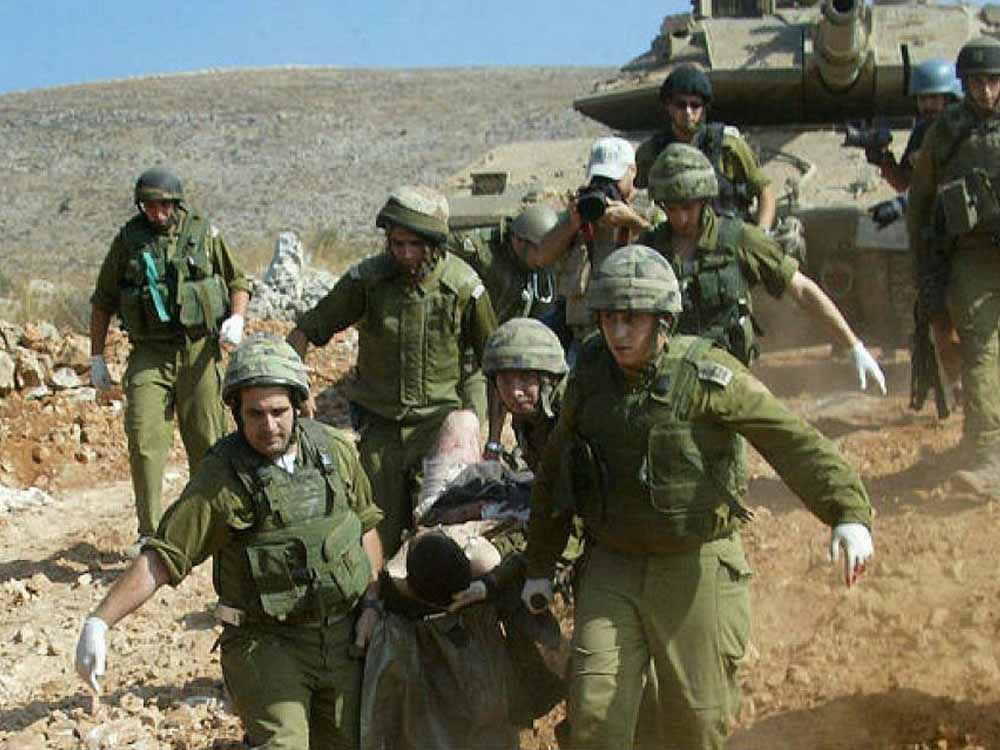Hezbollah in 2006: War, Politics, and Regional Influence
The year 2006 marked a critical chapter in the history of Hezbollah, a Shiite political and military organization based in Lebanon. This exploration delves into the key narratives, geopolitical events, and regional dynamics that defined Hezbollah in 2006.
Hezbollah’s Background and Objectives
Origins and Ideology:
Hezbollah emerged in the early 1980s in response to the Israeli invasion of Lebanon. Rooted in Shiite Islam, the organization aimed to resist Israeli influence in Lebanon and promote the rights of the Shiite community.
Political and Military Wings:
Hezbollah operated both as a political party and a military organization. Its political arm participated in Lebanese elections, while its military wing gained prominence for its resistance against Israeli forces in Southern Lebanon.
The 2006 Lebanon War
Triggering Events:
The 2006 Lebanon War, also known as the July War, was sparked by a cross-border Hezbollah raid into Israel, resulting in the capture of two Israeli soldiers. This incident led to a large-scale military conflict involving Hezbollah, Israel, and Lebanese forces.
Military Strategies:
Hezbollah’s military strategies during the conflict included guerrilla warfare and the use of rocket attacks against Israeli towns. The group demonstrated resilience and an ability to sustain a prolonged conflict against a powerful military.
International Response and Ceasefire
International Diplomacy:
The conflict garnered international attention, with diplomatic efforts aimed at resolving the crisis. The United Nations Security Council passed Resolution 1701, calling for a ceasefire and the deployment of an international peacekeeping force in Southern Lebanon.
Impact of the Ceasefire:
The implementation of the ceasefire marked the end of active hostilities, but it left a complex aftermath. Hezbollah claimed a strategic victory, having withstood Israeli military operations, while the conflict’s impact on Lebanon’s infrastructure and civilian population was significant.
Legacy and Ongoing Influence
Shift in Regional Dynamics:
Hezbollah’s role in the 2006 Lebanon War contributed to a shift in regional dynamics. The organization gained both support and criticism within the Arab world, with its resistance narrative resonating among some while raising concerns about its military actions.
Political Influence in Lebanon:
Hezbollah continued to play a significant role in Lebanese politics, maintaining a strong presence in the Lebanese Parliament and government. Its involvement in domestic politics, however, led to tensions and divisions within the country.
Armed Wing and Regional Conflicts:
Hezbollah’s armed wing remained active, participating in regional conflicts, including the Syrian Civil War in support of the Assad regime. This involvement fueled debates about the group’s role beyond Lebanon’s borders.
Security Challenges:
The group faced security challenges, including accusations of involvement in terrorist activities. Its connection with Iran and support for the Syrian government further fueled international scrutiny.
In conclusion, Hezbollah in 2006 navigated a complex web of geopolitical challenges, military conflicts, and diplomatic engagements. The 2006 Lebanon War, with its aftermath and ongoing regional influence, shaped Hezbollah’s trajectory and left a lasting impact on the political landscape of the Middle East.











